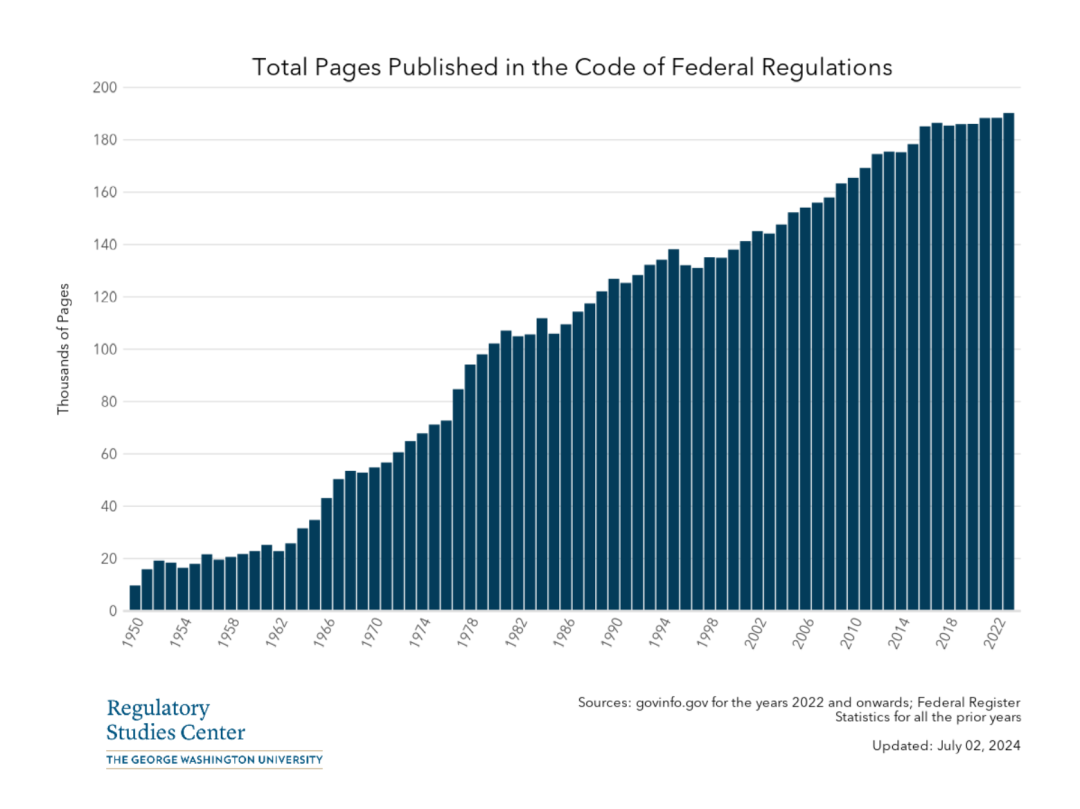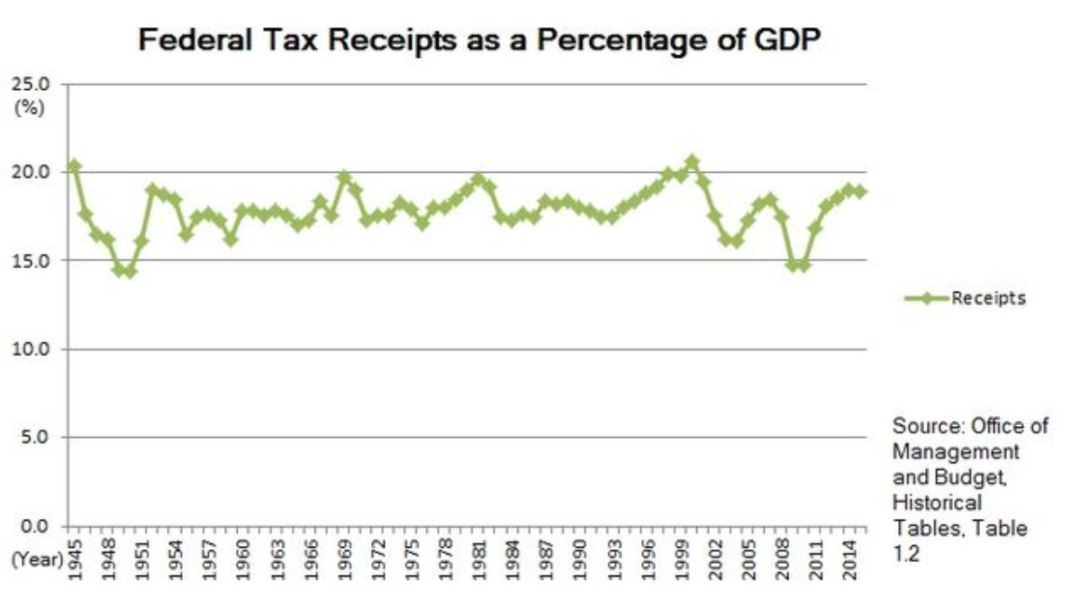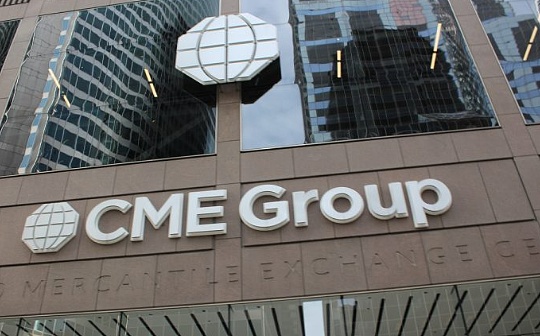Vitalik blog post: Open source and closed source, "year ring model" reveals the reversal of the AI competition pattern between China and the United States

Reprinted from panewslab
04/27/2025·17DAuthor | Vitalik
Compilation | Aki Chen Wu said blockchain
Original link:
https://vitalik.eth.limo/general/2025/03/29/treering.html
According to a Vitalik article, people believe that "China is a country that values closure and control, and American technology generally tends to be open source more than Chinese technology", but now it seems that they are completely wrong. Because it is difficult to change the way a culture treats things that already exist, and the way that attitudes have solidified. The appeal of crypto space is that it provides an independent technical and cultural foundation to do new things without being overly burdened by the prejudice of the existing status quo.
This article will bring about the "Cultural and Political Annual Ring Model" proposed by Vitalik and its profound analysis of the current global artificial intelligence and technology regulatory landscape.
Core logic: Culture’s attitude towards new things is shaped by the social atmosphere when it is formed, while the attitude towards old things is determined by inherent inertia. Once these "cultural rings" are formed, they will be extremely difficult to change.
The increasing regulatory reality in the name of neoliberalism
During my growth, one thing often puzzled me: people always repeatedly claim that we live in a "deep neoliberal society" that highly advocates "deregulation". But what puzzles me is that although there are quite a few people who strive for neoliberalism and deregulation, on the whole, the regulatory policies actually implemented by the government are very different from these concepts. The total number of federal regulatory regulations has increased instead of decreasing, while various regulations such as KYC (customer identity verification), copyright regulations, airport security measures have become increasingly strict. In addition, since World War II, the proportion of US federal tax revenue to GDP has remained at a relatively stable level.


**1) Intuitive encounter reality: "Year Ring Model" reveals the reversal
of the AI pattern between China and the United States**
If you tell others in 2020 that five years later between the United States and China, one will dominate the lead in open source AI, and the other will take the lead in closed source AI, and ask them who will lead which field, they may be staring at you, wondering if you are throwing a trap question. Because the United States has always emphasized openness, China prefers closure and control. Judging from the overall technology trend, American technology companies prefer the open source model much more than their Chinese counterparts, which seems very obvious! However, this intuition proves to be completely wrong.
What exactly happened? In this article, I will propose a simple explanation, which I call "The tree ring model of politics and culture":

The specific content of the model is as follows:
- The way a culture treats new things depends on the attitudes and incentives that the culture prevails over a specific time.
- The way a culture treats old things is mainly driven by the inertia of maintaining the status quo (i.e., "status status quo prejudice".
Every era carves a new "year ring" on the tree of culture, and when this new annual ring is formed, society also produces a series of concepts for emerging things. However, once these ideas are formed, they will soon become firm and become deeply rooted and difficult to shake. Subsequently, a new annual ring will continue to superimpose on this basis, promoting society to shape the next wave of cultural attitudes and reactions to new topics.
Next, we can analyze the previous situation and other similar situations through the above model:
**2) From the Internet to AI: How China and the United States are guided
by cultural inertia to technical supervision**
The United States did experience a deregulatory trend, but the peak of this trend mainly occurred in the 1990s (if you look closely at the data charts, you will find this very clearly). After entering the 21st century, the overall atmosphere has gradually shifted to more supervision and control. However, if you look at things that "growed up" in the 1990s (such as the Internet), you will find that they have always retained the cultural imprint of their original birth - the free and open Internet for the following decades. Once this concept is formed, it is firmed as deeply as the annual rings. This concept has been solidified so that the United States (and other countries around the world affected by it) can enjoy a relatively free and open Internet environment for a long time.
Tax levels are often bound by government budgetary needs, which are largely determined by rigid demands in health care and social welfare programs. In this sense, this fiscal "red line" (i.e., the bottom line) was demarcated 50 years ago, and then it was firmly solidified like annual rings and could hardly be shaken.
Law and culture often show extreme caution and vigilance about the potential risks associated with various modern technology or emerging things, even if their actual danger is much lower than that of certain extreme mountaineering (the latter may even have a much higher mortality rate). This phenomenon can be explained by the annual ring model: dangerous mountaineering activities have been around for hundreds of years, so their corresponding cultural attitudes have been formed as early as the period when the overall risk tolerance of society is higher, and gradually solidified over the long years, becoming a part of social concepts and are difficult to shake.
Social media matured in the 2010s, and its cultural and political treatment was seen as part of the Internet as a whole and as a unique new phenomenon on the other hand. Therefore, restrictive attitudes toward social media usually do not extend directly to the areas of early Internet formation. For example, although the overall control trend of the Internet is increasing, we have not seen significant and stricter crackdowns on unauthorized file sharing.
Artificial intelligence (AI) is gradually maturing in the 2020s, and at this stage, the United States took the lead in taking advantage while China played the role of a chaser. Therefore, for China, it is in its own interest to adopt a strategy of "Commoditize The Complement" (Commoditize The Complement). This strategy fits exactly with the growing open source preference among the numerous developers, thus promoting China to form a very open source AI-friendly environment. This environment is real and from the inside out, but it is also highly targeted and limited to the field of artificial intelligence; while in other technical fields that were formed earlier, there are still widespread characteristics of closedness and "walled gardens".
Plant new trees: Innovation is more effective than changing the status
quo
More broadly, the revelation contained in this is that once something has existed for a long enough time and the cultural concept surrounding it has solidified, it will be very difficult to change it. What is easier to achieve is to create new behavioral patterns, let new models replace the old models in competition, and to ensure that good norms and cultural foundations are established in the early stages of the formation of this new model. This transformation can be achieved in a number of ways: developing new technologies is one way, and experimenting with new social norms through the Internet (whether online or physical communities) is another way. And this is precisely one of the most attractive traits in the cryptocurrency and Web3 fields to me: it provides an independent technological and cultural environment that can be free to explore and try new things without being overly bound by existing "status bias". We no longer need to work hard to cultivate old trees, but we can inject new vitality into this forest by planting and cultivating new tree species.


 jinse
jinse
